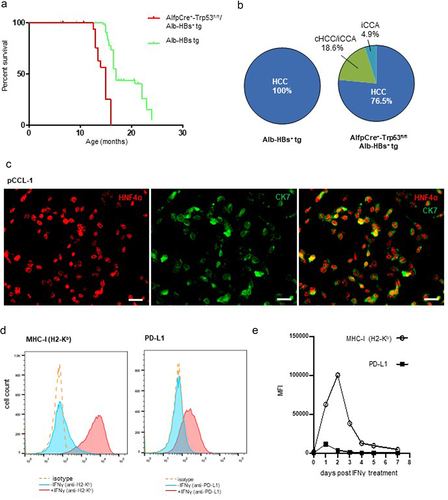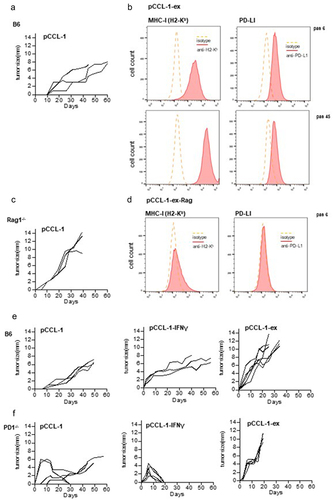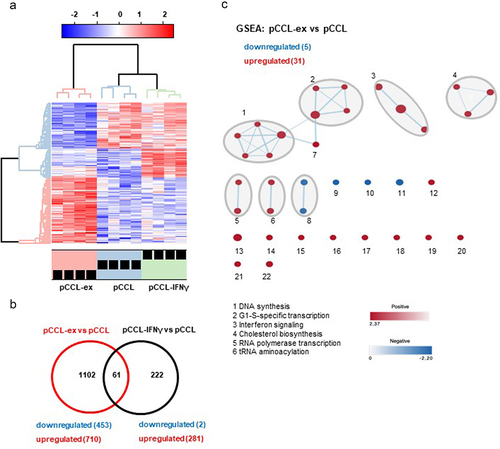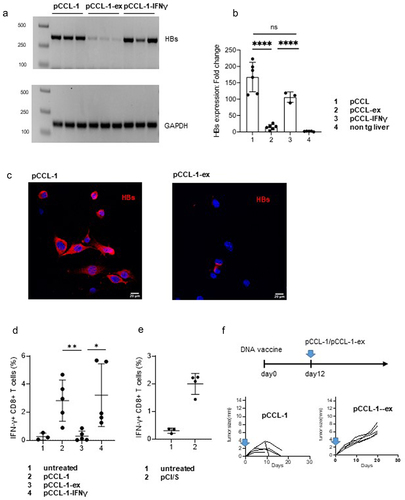Figures & data
Figure 1. Characterization of liver carcinoma cell lines.

Figure 2. Growth of pCCL in transplanted B6 mice.

Figure 3. Gene expression signatures of different tumor cell lines.

Figure 4. Characterization of the HBs-specific antigenicity.

Supplemental Material
Download Zip (1.8 MB)Data availability statement
All data relevant to this study are included in the article or uploaded as supplemental files. The original raw microarray datasets are accessible via GEO accession GSE215059; https://www.ncbi.nlm.nih.gov/geo/query/acc.cgi?acc=GSE215059
